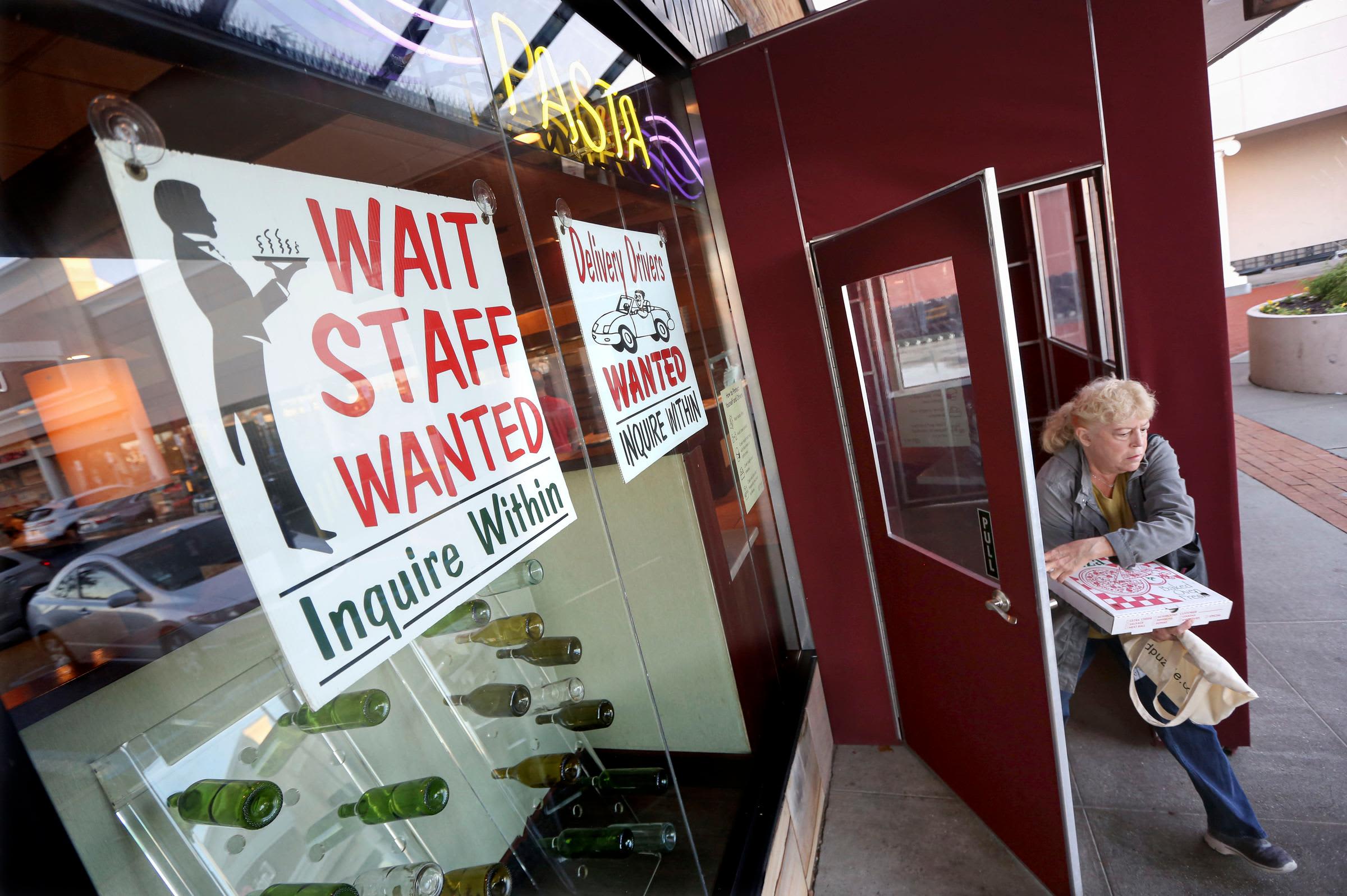The shortcomings of remote schooling have been talked about for nearly two years now. But rarely does the public get to see just how disastrous learning behind a laptop could be during the pandemic.
Video of a virtual classroom last school year in Paterson, New Jersey, shows the sometimes-impossible conditions teachers faced, as they tried to educate high school students logged-in from their bedrooms at home.
"Alright, let’s see cameras, let’s see faces," the teacher says at the beginning of class, urging her students to show they’re actually present. But most of the students ignore her, hiding behind avatars.
Get Tri-state area news and weather forecasts to your inbox. Sign up for NBC New York newsletters.
Then, faceless classmates start hurling obscenities at the teacher. Next, a student blurts out sexually inappropriate language. The teacher is forced to end the remote learning session — before it really begins.
“No, we’re stopping,” she says, exasperated by the disruptions. "I’m probably going to have to individually contact all your guardians. I am not continuing this session like this. I’m not."
The video, obtained by the I-Team as part of a public records request, depicts one of about two dozen derailed virtual learning session that Paterson teachers complained about in just the first week of the 2020-2021 school year.
Among their complaints? Students who “played loud sex noises” during remote class. Students “posting pornographic images” and making “derogatory, sexual, violent and insulting remarks.” One teacher reported a student who told her told her to “shut up” and referred to her as a “white b---h.” Another mortified teacher wrote that one of her students "was sexually harassed" by a disruptive student hiding behind his laptop.
“I was on a Zoom class and we were hacked,” said Ellion Medina, a 19-year-old senior at Paterson’s JFK High School. “About 20-30 random people hopped in and started screaming into the mic, screaming into the chat. It would interrupt a lot of classes.”
Miriam Castro, a parent of four Paterson students, said she watched from home as her kids’ laptop learning sessions were often derailed by online distractions and bad behavior online.
“Virtual learning was not taken seriously by the students,” Castro said.
Paul Brubaker, a spokesman for Paterson Public Schools, said last year’s virtual learning disruptions were concentrated in the very beginning of the school year and after administrators became aware of teachers’ complaints, they imposed security measures that put an end to the online outbursts.
“Every decision to switch to remote learning has been based on local COVID-19 data and public health officials’ guidance, and not by what other school districts have been doing,” Brubaker said. “In the meantime, the district has a comprehensive plan to address students’ learning loss as well as their social and emotional needs.”
Now that in-person schooling has returned, test scores suggest that learning loss is a significant problem in Paterson and across the region.
In a recent application for federal aid, Paterson told the state Department of Education that 85 percent of the district’s 2nd graders are now reading below grade level.
Statewide scores on the “Start Strong” assessment, administered in the Fall to see how far behind New Jersey students have fallen, suggest students of color may have suffered the most pandemic learning loss. According to a presentation to the state Board of Education, 57 percent of Black and Hispanic 4th graders may now need “strong support” in English and Language Arts. Between 70 and 74 percent of that same group may now need “strong support” in mathematics.
Sen. Teresa Ruiz (D–Newark), the State Senate’s new majority leader who previously chaired the Education Committee, said bridging the gap for students of color will be a monumental task.
“Under-resourced families do not have the same abilities to write a check and send their child off to a STEM camp or an academic camp or get tutor,” Ruiz said. She has urged every school district to offer robust summer school programs to every student in order to accelerate learning. She’s also suggested the massive infusion of federal education aid should prompt school districts to consider year-round school.
“Financially, I’m saying it should not be an excuse,” Ruiz said. “This is not the days of the old when the classroom schedule was slated around the agrarian calendar and that’s why our students go to school from September to June.”
Brubaker said Paterson intends to offer in-person summer school to any student who wants it this year. He also outlined the district’s recent application for millions to fund special education teachers, general education teachers, and instructional aides, “to address students’ learning loss and hire personnel to work in teams to address students’ social emotional learning needs.”
According to records filed with the NJ Department of Education, the federal government has already awarded Paterson more than $154 million in COVID recovery funds as part of the American Rescue Plan. An I-Team analysis of those records shows the district planned to use just under a quarter of the money — $38.5 million — on direct classroom instruction.
Corey Teague, a Paterson School Board member with two kids in the district, said he fears not enough of the federal aid is going to boost the number of in-classroom hours.
“I think there is a lot of discussion we need to have around how and where that money is going,” Teague said. “I’m not 100 percent confident that everything is going to where it should go.”



